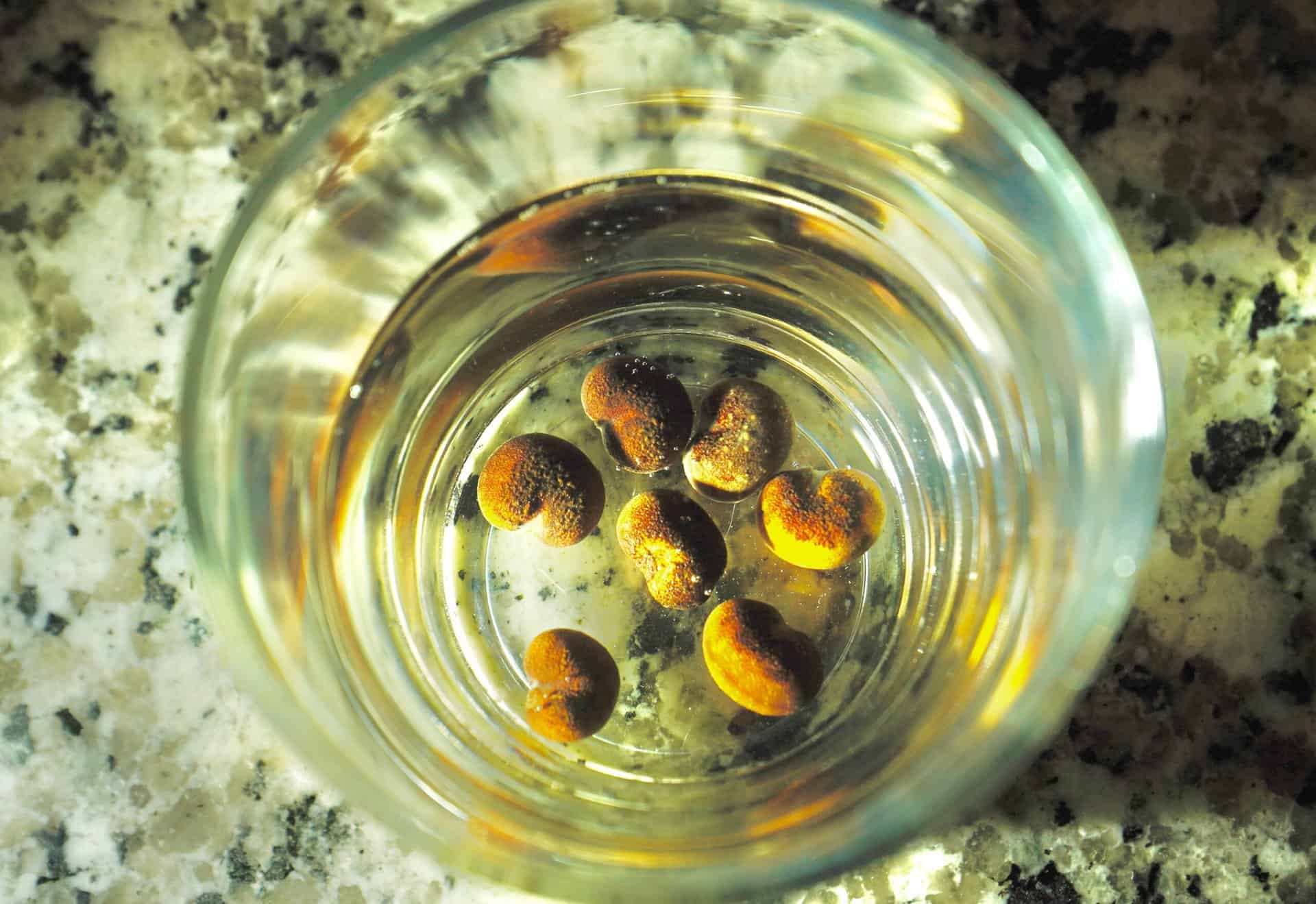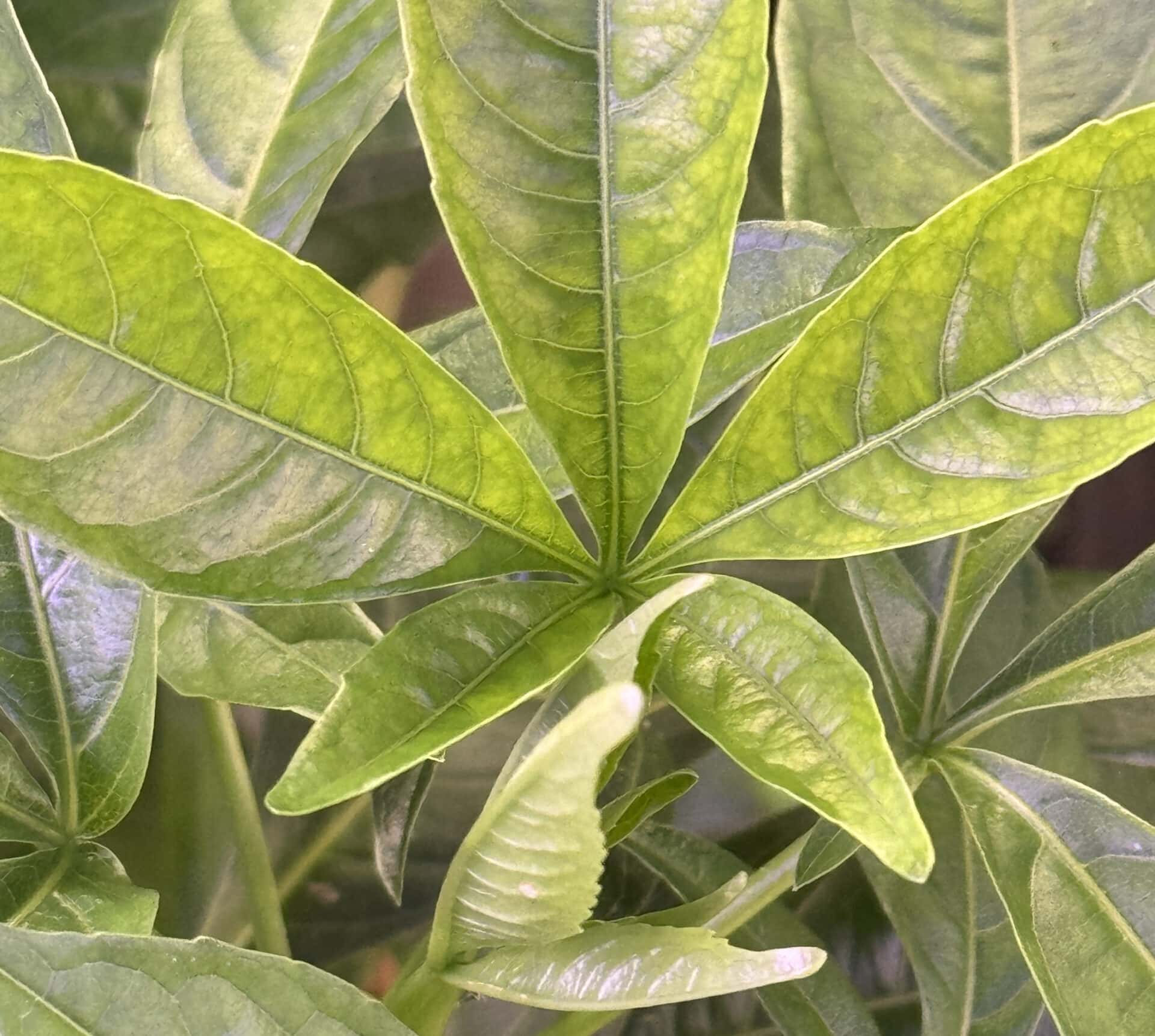Grow Your Own Bonsai or Houseplant From Seed - Baobab Tree (Adansonia digitata)

This article contains affiliate links, any purchase made through one of the links on this page may result in a small commission to us at no extra cost to you. Click here to see our full affiliate link disclaimer
If you’ve always wanted a stunning indoor bonsai tree or are just feeling the need to add a unique new houseplant to your living room, why not try your hand at growing one from seed? Growing plants from seed is one of the most rewarding pursuits you can try when it comes to plants.
Not only do you get to be with your plant through every step of its journey in life, if you’re looking for a bonsai tree, you can influence and style its growth from infancy. This is something that can be difficult to accomplish if you buy a juvenile or mature bonsai.
In this tutorial, we’ll be looking at the steps, tools, and supplies needed to grow your very own Baobab tree from seed. We’ll also be covering a tried and true method for getting these remarkable baobab trees started and growing strong.
It should be noted, Baobab seeds are notorious for failing to germinate. Our method in this article will not work for every seed but will provide a kickstart to some of your seeds on their germination journey!
Tools and Supplies for Growing a Baobab Tree From Seed
Tools and Supplies | What to Look For and Avoid | Our Suggestion(s) |
|---|---|---|
Baobab Seeds | Look For: Seed vendors with reliable reviews and multiple payment methods accepted. Avoid: Seed vendors with copious negative reviews and or “too good to be true pricing”. | Sheffield’s Seed Company is a company we will always back. They have been in business for decades and are beyond phenomenal in terms of product quality and customer service. They are our main source of tree and shrub seeds in our shop! |
Nursery Pots | Look For: The maximum pot size for a baby Baobab should be no larger than 4in. Roughly 3in - 3.5in is ideal. Avoid: Any pot over 4in in diameter. This is simply too big for a baby plant and you’ll likely run into rot that will compromise your seedling. | If you want solid color pots, we recommend these. Our preference are these clear pots. They are superb for monitoring root growth and development. |
Seed Starting Media | Look For: Any soil (potting mix) will do but a soil that is listed as a “seed starter” mix is ideal. Avoid: Overly coarse media with high drainage and little water retention. Seedlings need water and a quick-draining mix is going to hinder them greatly. | Promix Organic Seed Starter mix. We like the added slow release nutrients and the addition of mycorrhiza. Both of these additions ensure your seed has the best chance to survive right from the jump! The brand is also reputable and makes excellent products. |
Seedling Heat Mat (Optional) | Look For: Most seedling heat mats are comparable. Those with a thermostat controller are ideal as they allow for better protection from heat dissipation and losses (setting the temperature higher ensures losses aren’t as impactful to root development). Avoid: Brands that are overly cheap and or have abysmal reviews. Lesser quality products may be wired poorly and lead to early fault or worse, electrical issues within your home. This is rare but why take the chance? | We’ve had great success with Vivosun Seedling Heat Mats. We’ve used them for years and they are still going. They hold heat well and are not unreasonably priced. They are also available with thermostat controllers! |
Helpful Specialty Tool(s) (Optional) | Baobab seeds have very hard seed coats that need to be abraded using specialty methods. In this case, using a Dremel to bore through the seed coat in order to allow water into the embryo. | If you're looking for a quality Dremel, you can't go wrong with the brand that has the tool's creator as its name, Dremel. |
Stage I: Baobab Tree Seed Procurement, Scarification, Pretreatment, and Planting
The first steps to growing your own Baobab tree are to, acquire viable seed and prepare the seed for germination, known as pretreatment.
To ensure the seeds you get are viable, make sure to always purchase seed through a reputable vendor. The seed we sell in our Etsy shop is obtained from a reputable seed vendor that has been in business for more than 50 years and that we’ve had years of success with. These seeds have been tested and proven to be reliably viable.
Be cautious when shopping for plant seeds online as many vendors sell either subpar seed or sell seed that is not true to species (it’s a random species rather than the one they are claiming it is).
The next step is to prepare your seeds for planting. In order to prepare your seeds to be planted, they need to be prepared using specific measures. For Adansonia digitata, the pretreatment process can be a bit arduous. For optimal germination, baobab seeds need to be scarified and pretreated. We’ve found the best germination comes from a specific scarification protocol.
Scarification is an all-encompassing term used to describe the physical abrading of a seeds’ protective coat, in this case, we are covering artificial scarification. Plant seeds are designed to protect the embryo inside and are, therefore, extremely protective. The embryo is triggered to grow once exposed to water, light, or heat, or all three!
To scarify baobab seeds, it is most effective to follow the following procedure:
- Soak your seeds in water (warm or room temperature) for 24 hours
- After the first soak, take each baobab seed and abrade the seed coat using a Dremel. You want to break through the outermost seed coat without damaging the embryo
- Once the seed coat has been breached, soak the seeds again in water for 24 hours
- Gently, crack the seed coat away from one side of the seed, this is easiest to do by using your fingernails to squeeze the end of the seed coat and break it off
- Once you remove the seed coat sufficiently (you’ll see the embryo [the white part inside the seed]), plant the seed into suitable seed starting media, and you’re done!
While the seeds are soaking in water, you can prepare the pots into which the seeds will be planted. Ensure the pots are filled nearly to the top with a quality seed starting soil media. You can add mycorrhizae to the soil to give the seeds a head-start if desired. If you decide to use mycorrhizae, you can apply it as a powder or as a liquid spray solution, whichever you prefer.
Stage II: Baobab Germination and Early Growth

Baobab tree seeds beginning to germinate following their pretreatment process.
Once the pots are ready for planting and the seeds have been pre-treated, they are ready to be planted in the soil media. Since Adansoina digitata seeds are rather large, they should be planted roughly 1/2 in below the soil surface. Make sure to keep the soil moist until you notice the soil being pushed up by the growing seedling. Heat, humidity, and light are three of the most important factors. Higher heat and humidity, in the presence of adequate light, will make a dramatic difference in how long it takes your Baobab trees to germinate.
You can increase the humidity your seeds are exposed to by using a humidity dome on your pots. This can be done by using a pot that has a form-fitting humidity dome or by putting the pot in a seed starting tray (known as a 1020 tray) and putting a humidity dome over the entire tray. Heat can be increased and maintained by using a seedling heat mat under the pot (or a 1020 tray if you have multiple pots in which you’ve planted seeds in).
Depending on the conditions you can provide to your Baobab tree seeds, you can expect germination to occur within 1 - 3 weeks. It is possible to get germination to occur within less than a week if you can provide optimal conditions (generally, 80+ degrees Fahrenheit and 75%+ humidity).
Once the Baobab tree seeds have begun to germinate and grow, you can use a gentle fertilizer, ideally a liquid based fertilizer, to feed them (plants are ready for fertilizer after they develop their second set of leaves). Follow the manufacturer instructions on the fertilizer for the frequency to feed the seedlings. Let them continue to grow until they are several inches tall and have filled the pot with roots before transplanting your seedlings.
Stage III: Baobab Juvenile Growth and Beyond

Baobab tree juvenile growth with new leaves beginning to unfurl.
Once you have your Baobab tree (or several) planted in its own pot (either from the start of seed sowing or after separating your seedlings out), continue to provide ideal temperatures and humidity for your tree to thrive (65+ degrees Fahrenheit, and 50% + humidity). In addition, be sure to provide your Baobab with bright light, these trees prefer full sun but they need to be acclimated to that much light first.
Baobab trees can tolerate very dry soil conditions, they are, after all, a semi-desert species.
A combination of granular and liquid fertilizers can be used to feed your trees as they are growing to provide them the necessary nutrients they need. If you’re keeping your tree in outdoor conditions (make sure to check your USDA zone, Baobab trees are suited to zones 11 - 12), just be sure give your tree some indoor protection if the temperature drops below 65 degrees F.
Growing Your Own Baobab Tree From Seed, Wrap-Up
Baobab trees are very special trees, not only because of their cultural significance, but also due to their robust growth and beautiful foliage. Despite these positives, Baobab trees can be difficult to find depending on your location or finding a viable online seller. Growing your own Baobab tree from seed offers an easy solution to add one or more Baobab trees to your plant collection.
If you’re interested in curating a stunning bonsai specimen, Baobab trees can be ideal candidates. Growing your own baobab tree allows you to be able to style your tree throughout its whole life. This is one of the best aspects of growing trees from seed as you can have complete control over the entire styling of the tree from seed to adult!
